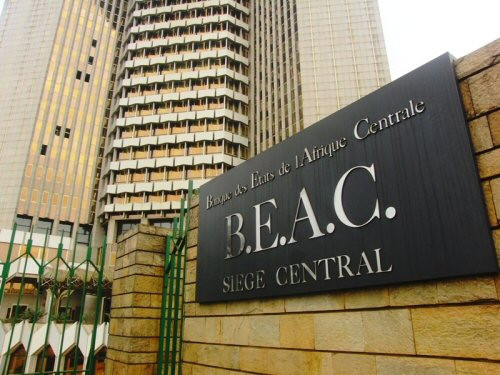The Bank of Central African States (BEAC), the common bank for the six-member Central African Economic and Monetary Community (CEMAC) will release new banknotes mid-December.
The decision to circulate the new range of banknotes of FCFA 500, 1,000, 2,000, 5,000 and 10,000 was reached during an extraordinary session of the Ministerial Committee of the Central African Monetary Union (UMAC) held on November 7, the body said in a release on Tuesday.
According to the release signed by the president of committee Herve Ndoba, UMAC, which oversees the functions of bank whose headquarters are Yaounde, Cameroon, had approved the specimens of the 2020 generation of banknotes that will go into circulation from December 15. It had earlier approved the production of the banknotes in 2019.
Dr Jean Cédric Kouam, the head of monetary and fiscal policy at Nkafu Policy Institute, the Yaounde-based think tank, told The EastAfrican that the injection of new banknotes into the economies of the six countries at a time the current global economic situation is marked by strong inflationary pressures at both national and international level will increase the propensity of economic agents to hold money and, therefore, to consume.
“The increase in consumption will naturally stimulate production and this increase in production could result in a fall in prices, at least at national level. It is therefore a strategy for the Bank of Central African States to guarantee monetary stability in accordance with Article 1 of its Statutes,” Dr Kouam said.
Renewed every 10 years
Traditionally, BEAC renews its range of banknotes every 10 years but the announced renewal is the first in 20 years – the previous being in 2002.
The 2002 generation of banknotes, which are currently in circulation will progressively be removed from circulation “as they return to BEAC counters” from January next year.
UMAC announced that the 1992 generation of banknotes have been demonetised and can no longer serve as legal tender. However, those still keeping the banknotes will be allowed to change them at Commercial Bank counters until June 2023. After that, they will only do so at BEAC counters up to to June 2024 when they will no longer be accepted.
Images of the new range of the banknotes have been circulating on social media following the announcement on Tuesday. Unlike the current banknotes on which all writings are in the French language, BEAC has also included the other languages of the community on the new banknotes.
Besides the coat of arms of BEAC, the central bank that serves the six-member bloc and defines the monetary policy for the mainly oil-producing states of Cameroon, Gabon, Chad, Central African Republic, Republic of the Congo and Equatorial Guinea has for the first time included all official languages of the member states – French, English, Arabic (Chad) and Spanish (Equatorial Guinea).
Improved design
A keen observation of the banknotes also shows improved technical characteristics akin to the Euro – designed with a little more aesthetics compared to the ones in circulation.
The Central Bank has added the latest technological innovations in the manufacture of banknotes, making the legal tender more resistant to wear and tear and to counterfeiting.
“Ensuring the security and durability banknotes is one of the obligations of BEAC to fight against possible risks of falsification and counterfeiting; but also to reinforce the quality of the monetary signs put into circulation so that they comply with international standards,” Dr Kouam said.
The Central Bank was not reachable for comments, but the announcement comes amidst growing calls to end the use of the CFA Francs in the sub-region.
However, given the banknotes are printed in France and BEAC takes a decade to change, it may not just be time yet to think of the end of the monetary and financial cooperation agreements signed between France and the CEMAC countries.
“The release of a new range of banknotes undoubtedly reflects the commitment of the member states to perpetuate these cooperation agreements, which means that the CFA Franc has several more years of life ahead of it. It may be necessary to wait until the next decade [to talk about ending it],” Dr Kouam suggested.



































